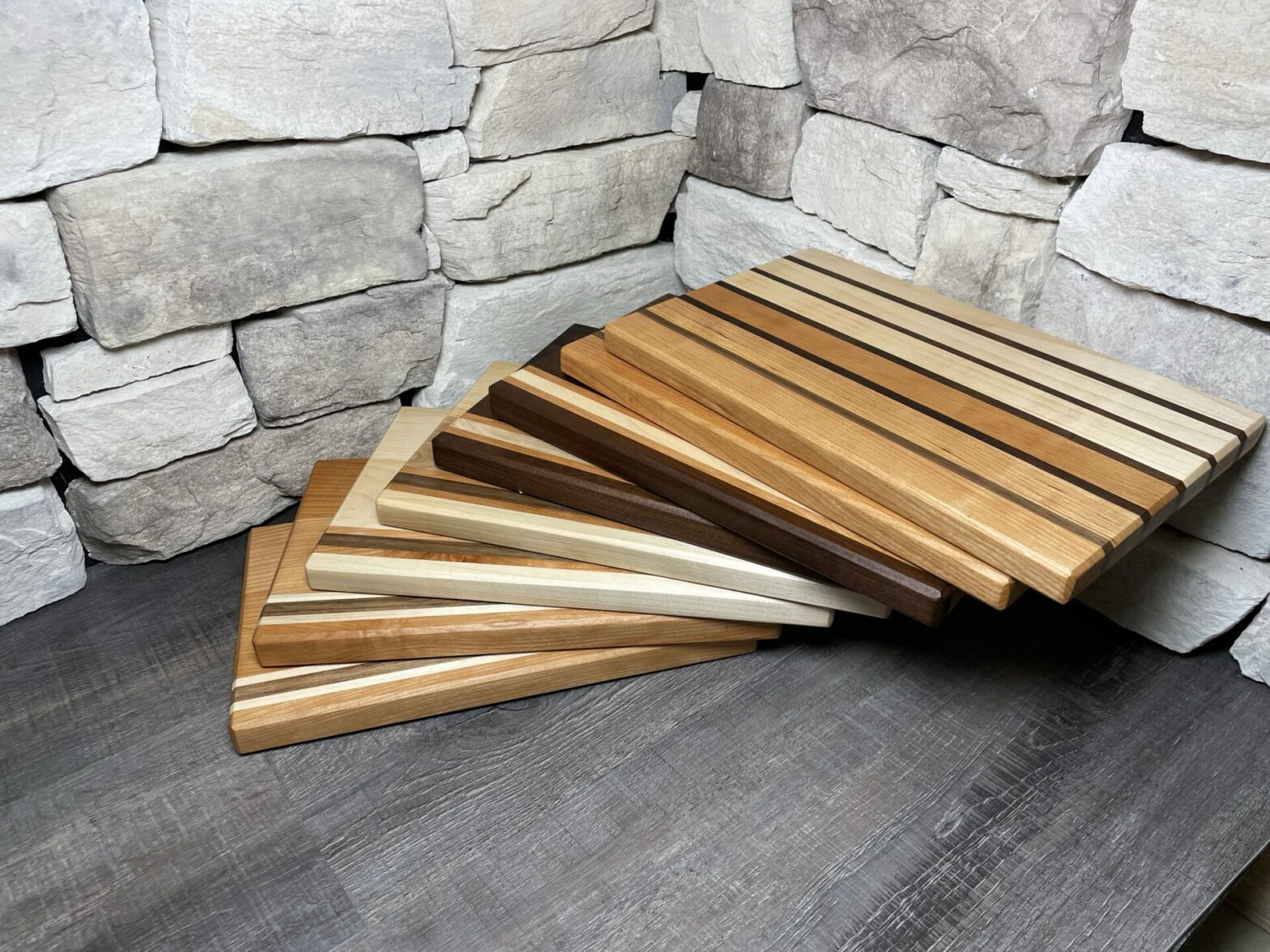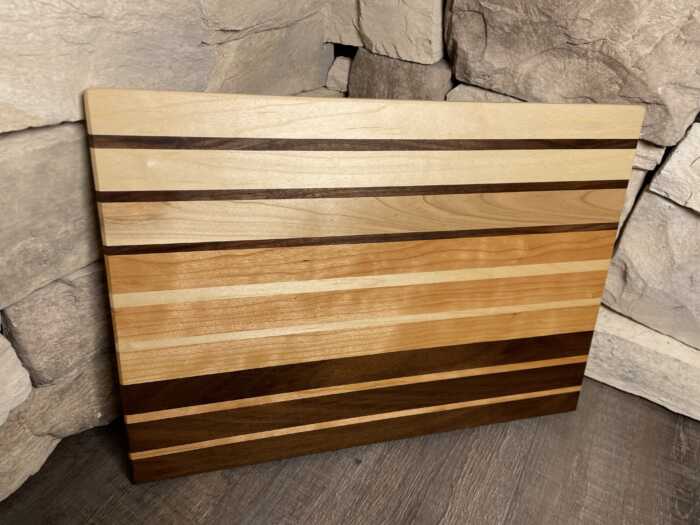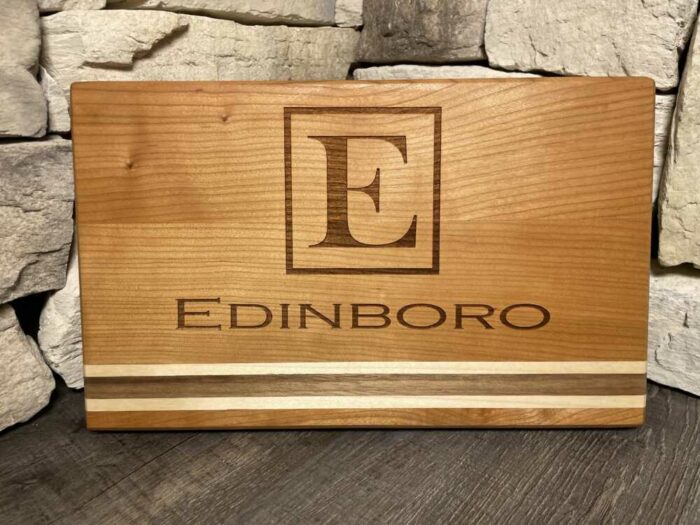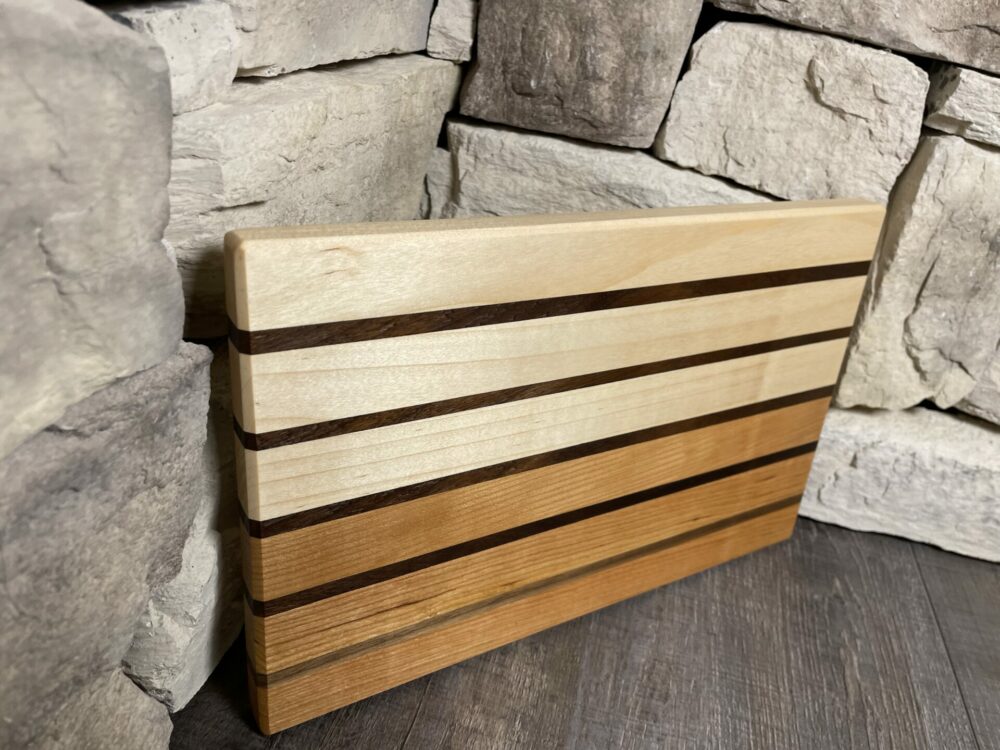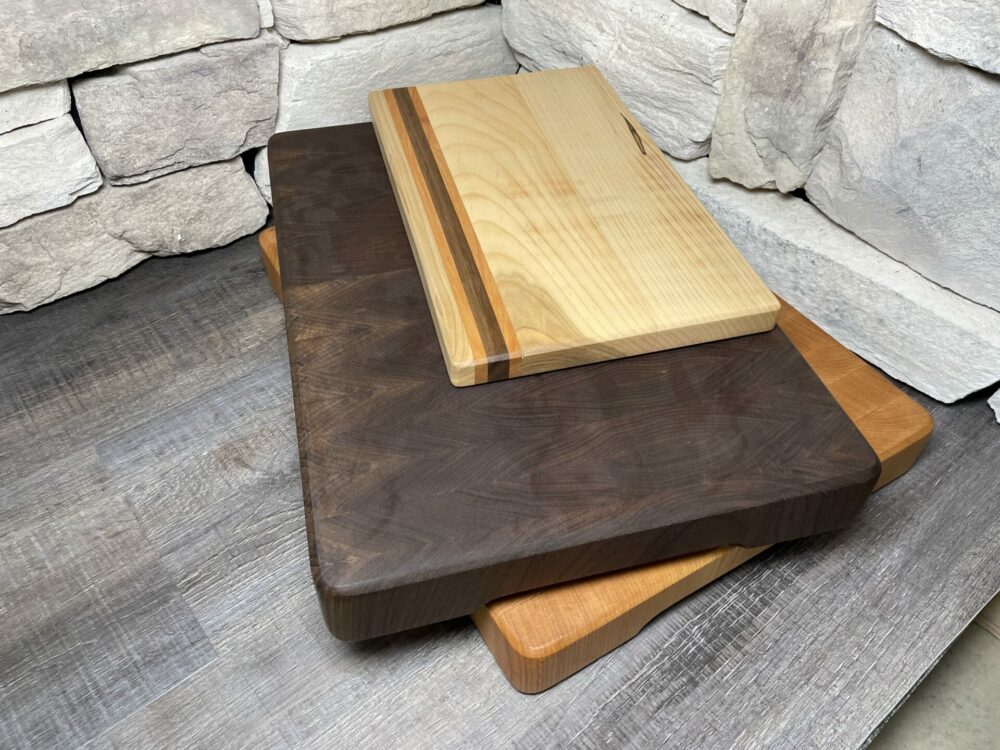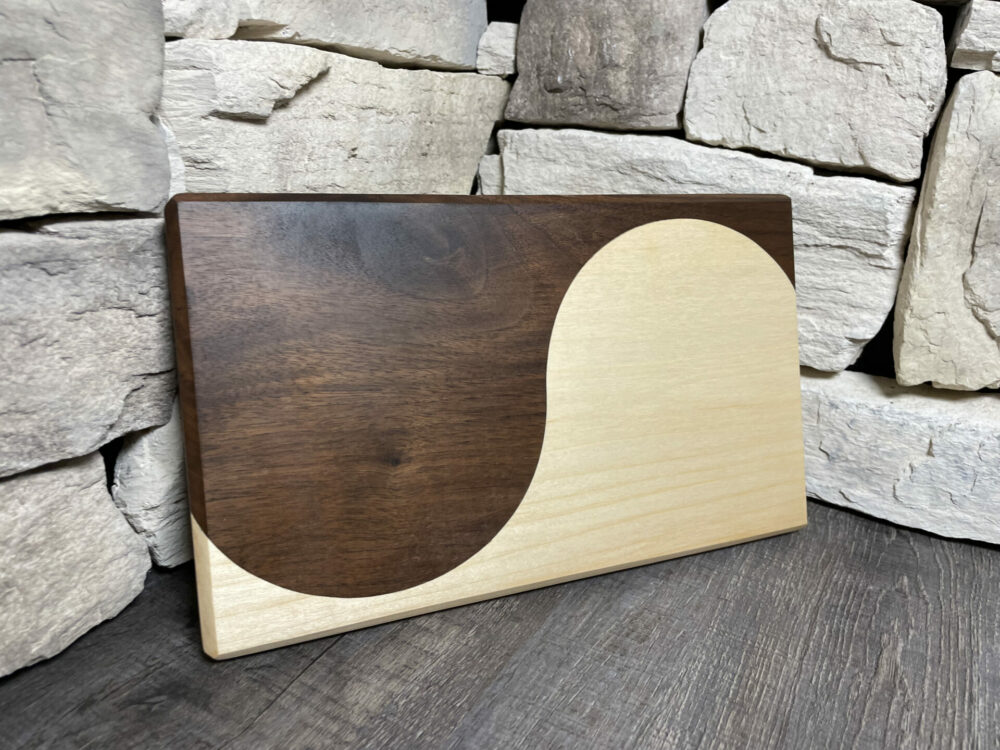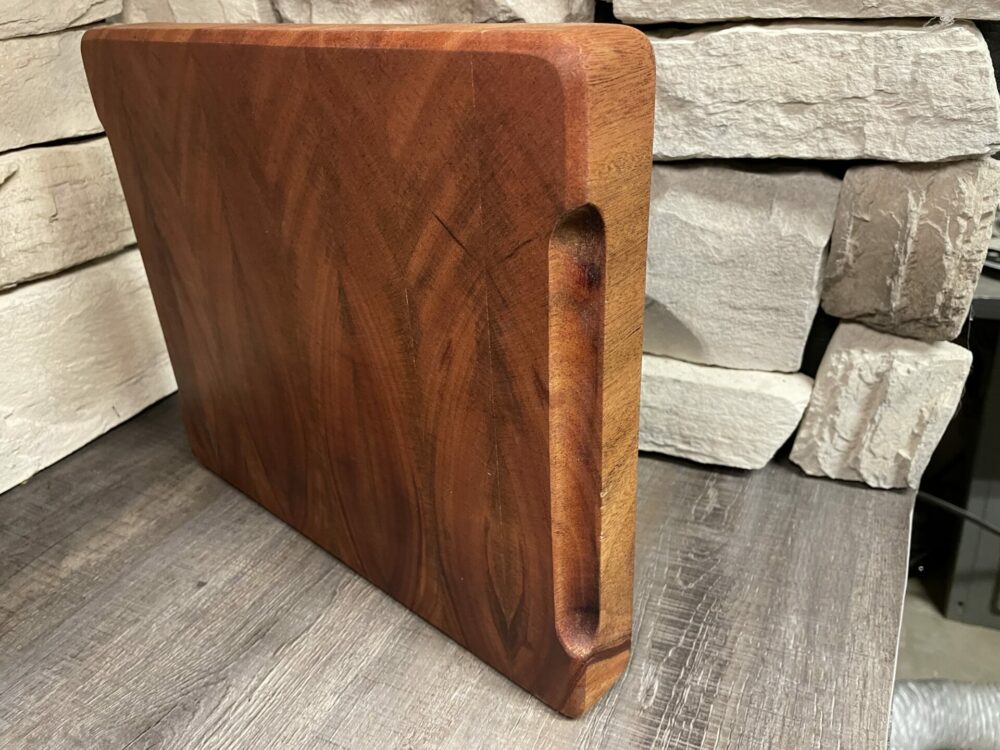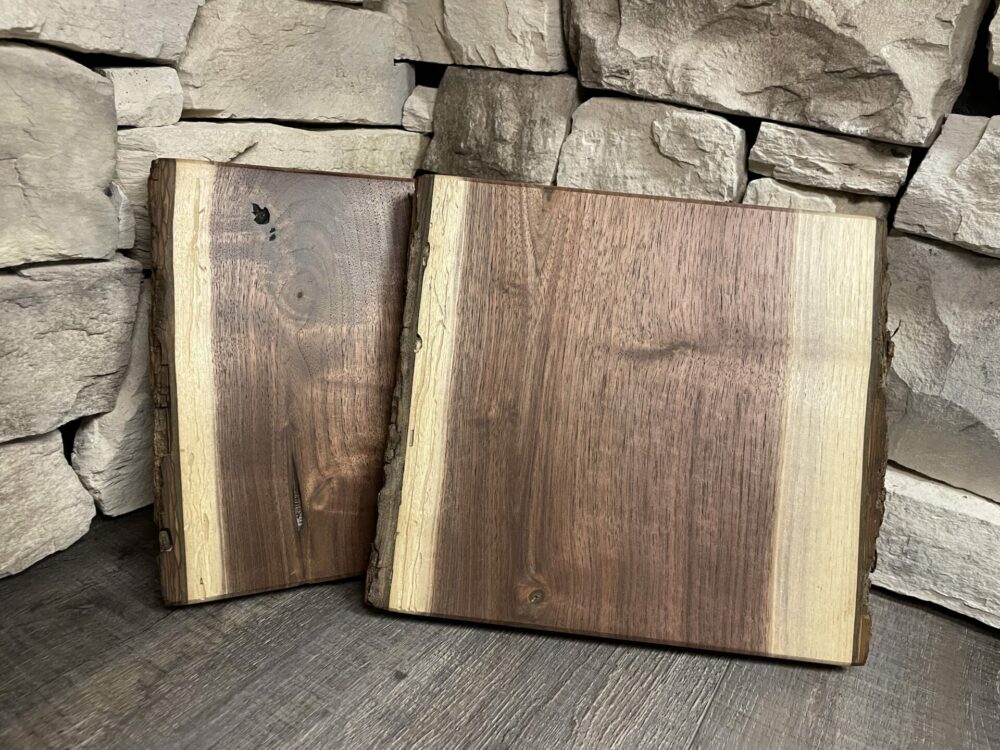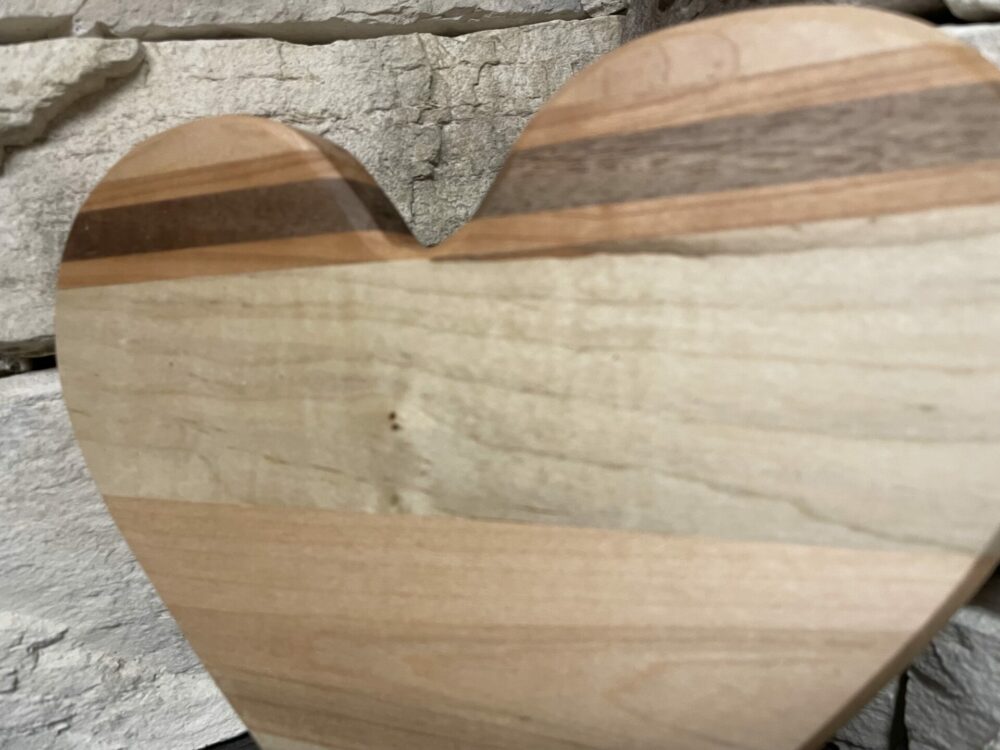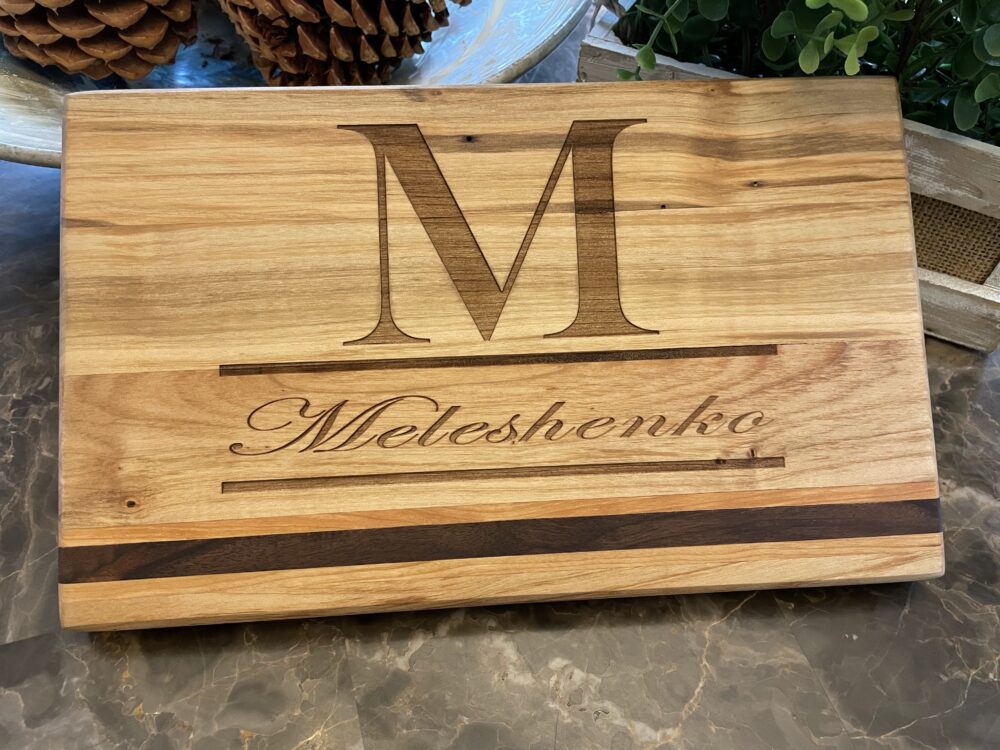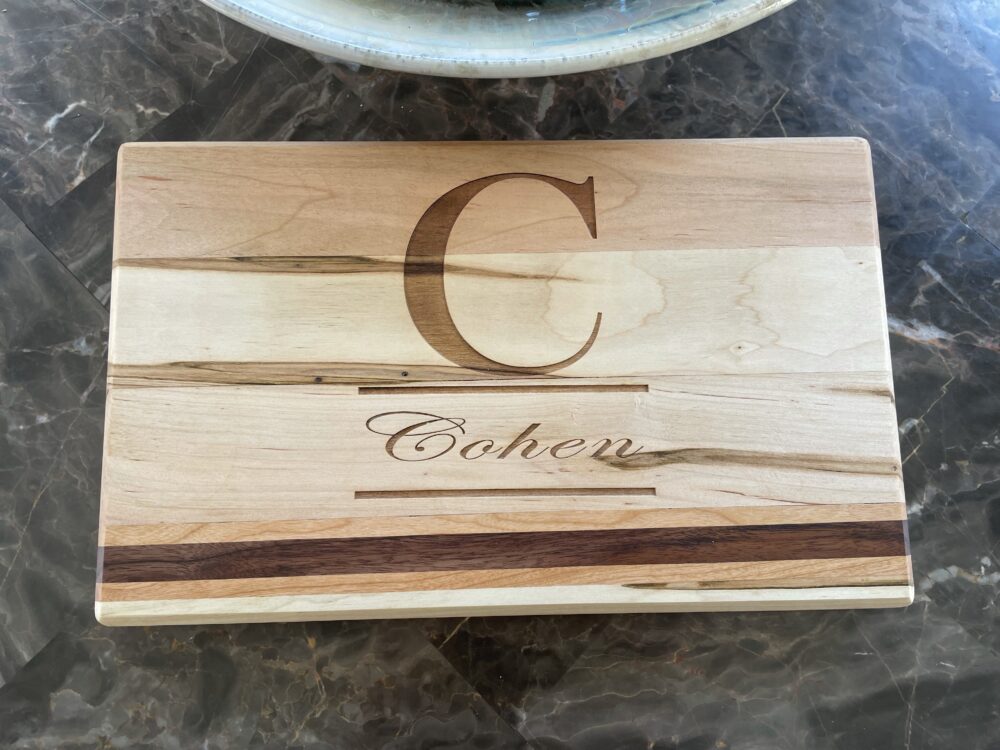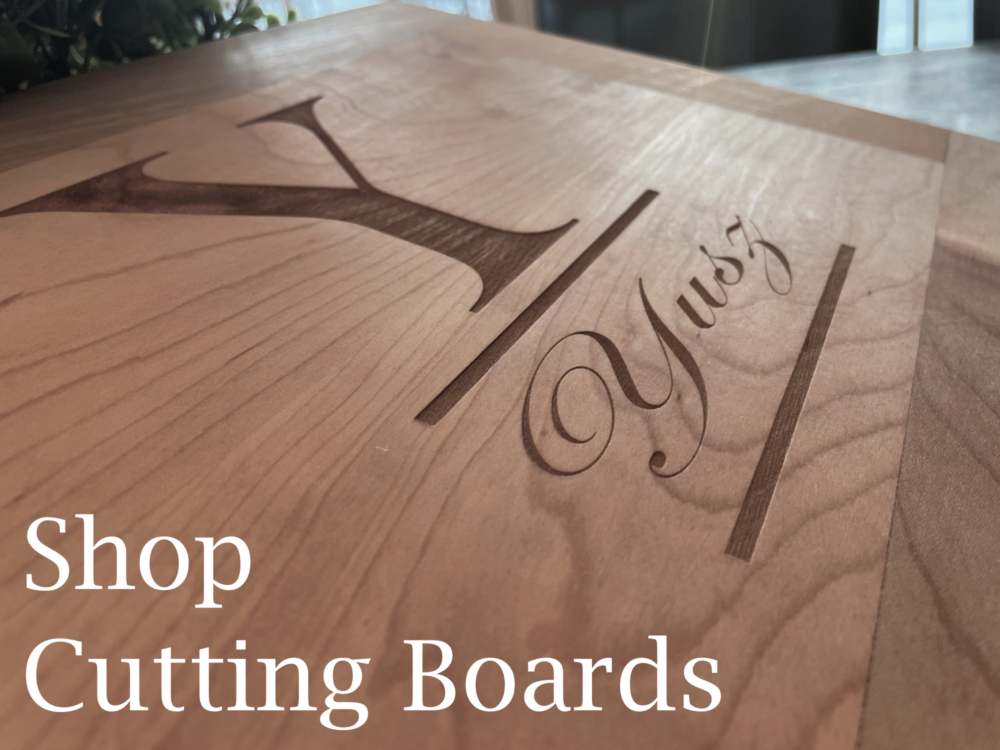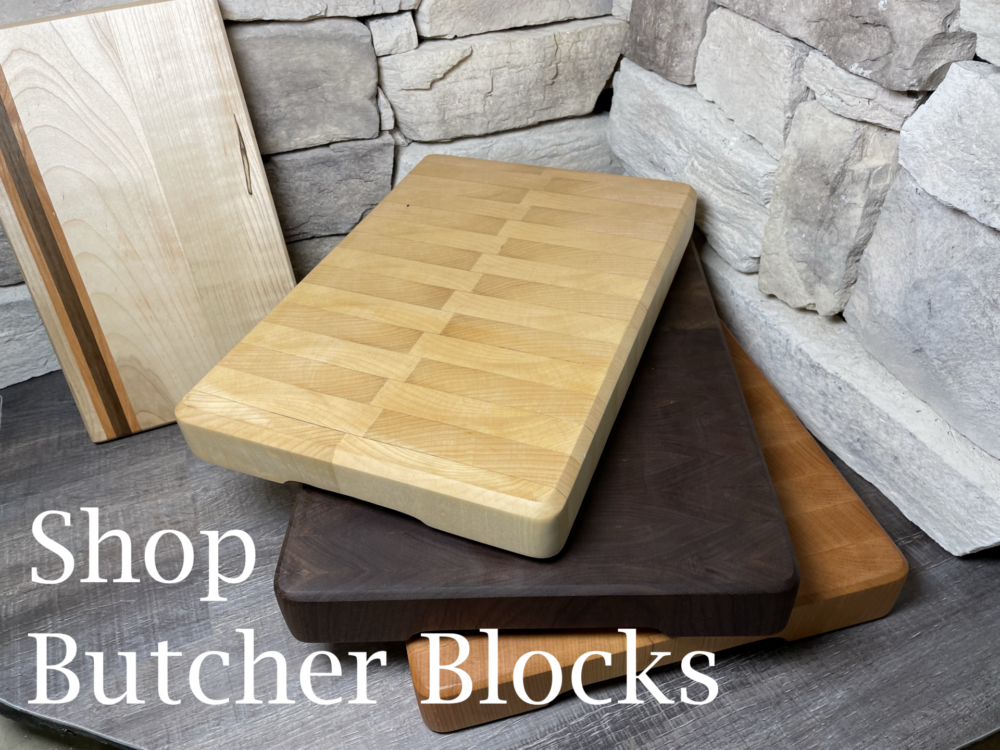Cutting boards are an essential tool in any kitchen, but they can also harbor harmful bacteria if not cleaned and maintained properly. To ensure the safety and longevity of your cutting board, it is important to follow a few simple steps for cleaning and maintenance. Here is a step-by-step guide to help you keep your cutting board in tip-top shape:
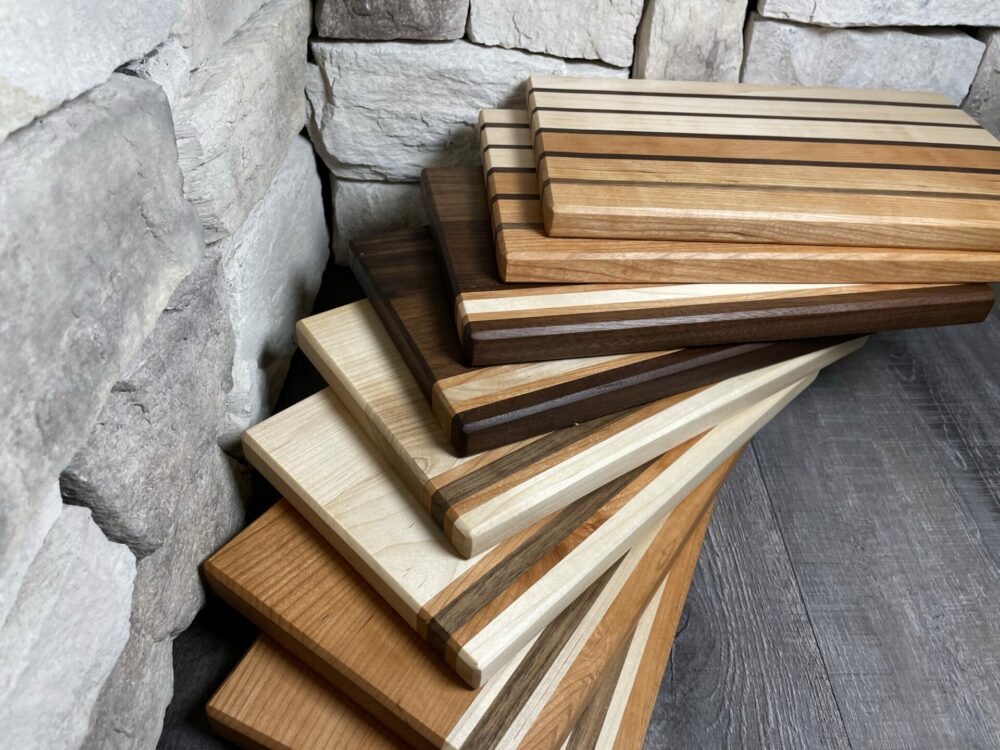
Cutting Board Care Steps:
- Choose the right cutting board material: There are a variety of cutting board materials available, including wood, plastic, and bamboo. Each material has its own advantages and disadvantages when it comes to cleaning and maintenance. Plastic cutting boards are easy to clean and can be run through the dishwasher, but they can become damaged and scarred over time. Wood and bamboo cutting boards are durable and attractive, but they require a bit more maintenance to keep them in good condition.
- Clean the cutting board after each use: After each use, wash the cutting board with hot, soapy water and rinse thoroughly. Avoid using harsh detergents or abrasive cleaners, as they can damage the surface of the board. If the cutting board has any particularly stubborn stains or odors, you can try using a baking soda and water paste or a vinegar and water solution to help remove them.
- Sanitize the cutting board regularly: Even if you clean your cutting board after each use, it is still important to sanitize it regularly to kill any bacteria that may be present. To sanitize a plastic cutting board, you can run it through the dishwasher or soak it in a bleach solution (one tablespoon of bleach per gallon of water) for a few minutes. To sanitize a wood or bamboo cutting board, you can rub it with a solution of one part vinegar to four parts water, or use a specialized cutting board sanitizer.
- Dry the cutting board thoroughly: After washing and sanitizing your cutting board, be sure to dry it thoroughly before storing it. Moisture can promote the growth of bacteria, so it is important to remove any excess water from the board. Use a clean towel or paper towel to dry the board, and then let it air dry completely before storing it.
- Oil the cutting board regularly: Wood and bamboo cutting boards can dry out over time, which can cause them to crack or split. To prevent this, it is important to oil the board regularly with food-grade mineral oil or a specialized cutting board oil. Apply a thin layer of oil to the board, and then use a clean cloth to rub it in evenly. Let the oil soak in for a few hours, or overnight if possible, before wiping off any excess oil.
By following these simple steps, you can keep your cutting board clean and well-maintained, ensuring that it remains a safe and useful tool in your kitchen for years to come.
Our Cutting Boards
Our business offers high-quality cutting boards made from premium hardwoods such as maple, cherry, and black walnut, ensuring durability and longevity in every use. These cutting boards are sealed with a mineral oil finish and a beeswax polish that not only keeps the board sealed but also provides a smooth and lustrous finish that is easy to maintain. The natural beauty and unique grain pattern of each hardwood make our cutting boards not only a practical kitchen tool but also a stylish addition to any kitchen decor.
Shop our cutting boards and heavy-duty butcher blocks below! Or see what else we offer here or on Etsy!
What more do we offer?
Discover other great products and stories:
